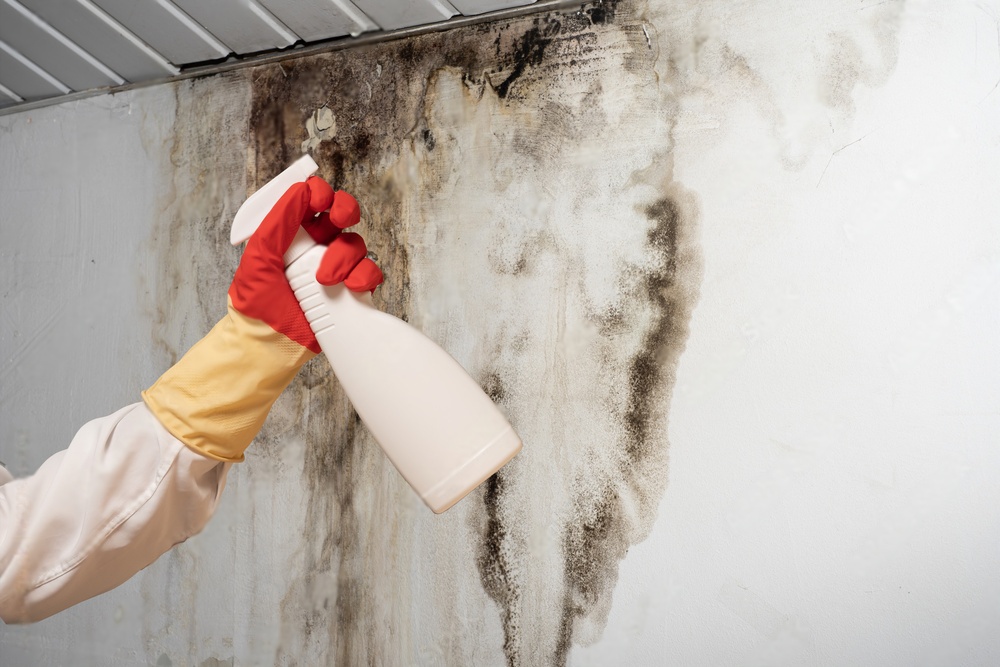Mold is a common problem that many homeowners face. It affects the property’s aesthetic appeal and can pose serious health risks. Mold removal and remediation are essential to ensure a safe and healthy living environment. This article will explore expert mold removal and remediation insights and learn the best practices and techniques.
1. Identifying the Source:
According to experts, the first step in mold removal is identifying the source of the problem. Mold can grow in areas with high humidity levels and moisture, such as bathrooms, basements, and areas affected by water leaks. Professionals recommend conducting a thorough inspection to determine the source and extent of mold growth.
2. Containment:
Once the source is identified, experts emphasize the importance of containment. This involves isolating the affected area to prevent the spread of mold spores to other parts of the property. Professionals use plastic sheets and negative air pressure machines to create a containment area.
3. Personal Protective Equipment (PPE):
Experts stress the significance of using personal protective equipment during mold removal and remediation. Mold spores can be harmful when inhaled or come into contact with the skin. PPE includes gloves, goggles, respiratory masks, and protective clothing. Professionals are trained to use this equipment correctly to ensure their safety.
4. Removal of Mold:
Professionals employ various techniques to remove mold effectively. They may use HEPA (High-Efficiency Particulate Air) vacuum cleaners to remove visible mold growth. Sometimes, dry brushing or damp wiping with antimicrobial solutions is necessary. Porous, extensively affected materials may need to be discarded to prevent further contamination.
5. Proper Disposal:
Experts emphasize the proper disposal of mold-contaminated materials. These materials should be double-bagged in heavy-duty plastic bags and labeled as hazardous waste. Following local regulations and guidelines for disposing of mold-contaminated materials is crucial to prevent environmental contamination.
6. Cleaning and Disinfection:
After mold removal, experts recommend thoroughly cleaning and disinfecting the affected area. This helps eliminate any remaining mold spores and prevents future mold growth. Specialized cleaning solutions and equipment are used to ensure effective disinfection.
7. Drying and Dehumidification:
Drying and dehumidification are critical steps in mold remediation. Moisture control is essential to prevent mold regrowth. Experts use specialized equipment such as dehumidifiers and air movers to dry the affected area thoroughly. Monitoring equipment also ensures that the moisture levels are within acceptable limits.
8. Prevention Measures:
Experts emphasize the importance of taking preventive measures to avoid future mold problems. This includes promptly addressing water leaks or moisture issues, maintaining proper ventilation, and controlling humidity levels. Regular inspections and maintenance can help identify and address mold growth before it becomes a significant problem.
In conclusion, mold removal and remediation require expertise and adherence to best practices. Identifying the source, containment, using personal protective equipment, proper disposal, cleaning and disinfection, drying, and dehumidifying are crucial steps. Following expert insights and taking preventive measures, homeowners can ensure a mold-free and healthy living environment.

